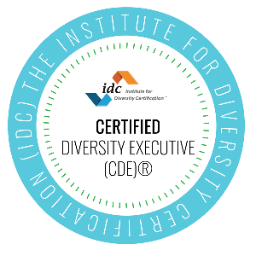Overcoming Language and Cultural Barriers: Promoting Inclusion in Multilingual and Multicultural Workplaces
In today's globalized world, more and more businesses are embracing diversity and operating in multinational environments. Along with the benefits come challenges, such as language and cultural barriers, that can hinder effective communication and collaboration. Overcoming language and cultural obstacles is crucial for organizations to enhance communication, foster innovation, build stronger relationships, expand global reach, meet legal requirements, and create a positive reputation. By promoting inclusion in multilingual and multicultural workplaces, companies ensure that all employees feel valued and respected and can contribute their best, leading to overall success and growth. This article will explore strategies and best practices for overcoming these barriers and promoting inclusion in multilingual and multicultural workplaces.
It is essential for organizations to overcome language and cultural barriers and promote inclusion in multilingual and multicultural workplaces for several reasons:
- Enhancing Communication: Effective communication is crucial for the smooth functioning of any organization. By addressing language barriers through language training and technology, organizations can improve communication channels and ensure that all employees can understand and be understood. Intentional efforts to enhance communications lead to better collaboration, increased productivity, and reduced misunderstandings.
- Fostering Innovation and Creativity: Embracing workplace diversity brings many perspectives, experiences, and ideas. Organizations can tap into this wealth of diversity by promoting inclusion, breaking down cultural barriers, and fostering innovation and creativity. Different cultural backgrounds can lead to unique problem-solving approaches and fresh ideas, enhancing competitiveness in the market.
- Building Stronger Relationships: Overcoming language and cultural barriers helps build stronger employee relationships. When individuals feel valued and included, trust is fostered, leading to more effective teamwork, improved morale, and higher employee satisfaction. This positive work environment can also contribute to increased employee retention and loyalty.
- Expanding Global Reach: In today's interconnected world, organizations are expanding their global reach and tapping into diverse markets. Companies can better understand their target audience and develop successful marketing strategies by embracing multilingualism and multiculturalism in the workplace. This inclusive approach demonstrates a commitment to cultural sensitivity and can help organizations build strong relationships with international clients and partners.
- Meeting Legal and Ethical Requirements: Many countries have legislation to promote diversity and inclusion in the workplace, including specific requirements related to language accessibility and cultural sensitivity. By overcoming language and cultural barriers, organizations ensure compliance with these legal obligations and demonstrate their commitment to ethical practices.
- Creating a Positive Reputation: Organizations prioritizing inclusion and actively working to overcome language and cultural barriers build a positive reputation among employees and stakeholders. This reputation can attract top talent, develop strong partnerships, and enhance the organization's brand image.
Importance of Inclusion in Multilingual and Multicultural Workplaces:
Inclusion is not just a buzzword; it is essential for the success of any organization. Embracing diversity brings a wealth of perspectives, knowledge, and skills, fostering innovation and creativity. However, to reap these benefits, organizations must address the language and cultural barriers that can create divisions and limit collaboration.
Here are strategies organizations can leverage to overcome language and cultural barriers and promote inclusion in multilingual and multicultural workplaces:
Improving Communication:
- Language Training: Providing language training for employees can help break down language barriers and improve communication. Offering courses, language exchange programs, or hiring interpreters can effectively support employees in improving their language skills.
- Use Technology: Leveraging technology can aid communication in multilingual workplaces. Translation tools and apps can bridge the gap between languages, ensuring adequate understanding and reducing potential misunderstandings.
- Simplify Language: Encouraging clear and concise communication can make it easier for non-native speakers to follow discussions. Avoiding jargon and slang and using clear and straightforward language can significantly affect understanding.
- Clear Communication Channels: Ensure that communication channels within the organization are transparent and inclusive. Utilize visual aids, diagrams, and clear instructions to supplement verbal communication. Encouraging open dialogue and active listening can also help overcome language and cultural barriers.
Promoting Cultural Understanding:
- Cultural Awareness Training: Educating employees about different cultures, practices, and traditions can help foster understanding and respect. Workshops or training sessions on cultural sensitivity can provide insights into diverse perspectives and minimize stereotypes.
- Celebrate Diversity: Create opportunities to celebrate different cultures within the workplace. Organizing cultural events, sharing traditional food, or acknowledging important holidays can foster a sense of belonging and appreciation for diverse backgrounds.
- Encourage Collaboration: Facilitate cross-cultural interactions and encourage collaboration between employees from different backgrounds. Cross-functional teams with diverse members can lead to increased innovation and problem-solving abilities.
Building Relationships and Trust:
- Foster an Inclusive Environment: Creating an inclusive workplace culture starts from the top. Leaders should foster an environment where everyone's contributions are valued and diverse backgrounds and experiences are respected.
- Set Clear Expectations: Communicate expectations for behavior and conduct in the workplace to ensure that everyone feels included and safe. Establishing guidelines for respectful communication and promptly addressing conflicts can help build employee trust.
- Encourage Open Dialogue: Regularly encourage employee feedback and open dialogue to address concerns about language or cultural barriers. Listening to their experiences and implementing necessary changes will demonstrate a commitment to inclusivity.
Final Thoughts:
Embracing diversity in the workplace brings many perspectives, experiences, and ideas, fostering innovation and creativity. By addressing language barriers through language training and technology, organizations can improve communication channels and ensure that all employees can understand and be understood. This leads to better collaboration, increased productivity, and reduced misunderstandings. Furthermore, overcoming language and cultural barriers helps build stronger employee relationships, fostering trust and effective teamwork. In today's interconnected world, organizations are expanding their global reach and tapping into diverse markets, making it essential to prioritize multiculturalism and multilingualism to ensure compliance with legal obligations and ethical practices. Overcoming language and cultural barriers requires a proactive and inclusive approach. Organizations can create an inclusive and harmonious work environment by promoting language training and cultural awareness and fostering relationships built on trust and respect.
Sources:
- https://clockify.me/blog/managing-teams/cultural-and-language-barriers-at-work/
- https://www.linkedin.com/pulse/20140603143206-20499125-how-to-overcome-language-and-cultural-barriers-in-the-workplace/
- https://learnlanguagesfromhome.com/overcome-language-barriers-workplace/
- https://takeitpersonelly.com/2018/01/02/5-ways-to-overcome-cultural-barriers-in-the-workplace/









Burnout by Budget: How Financial Stress Creates Emotional Fragility in Leaders & What to Do About It






